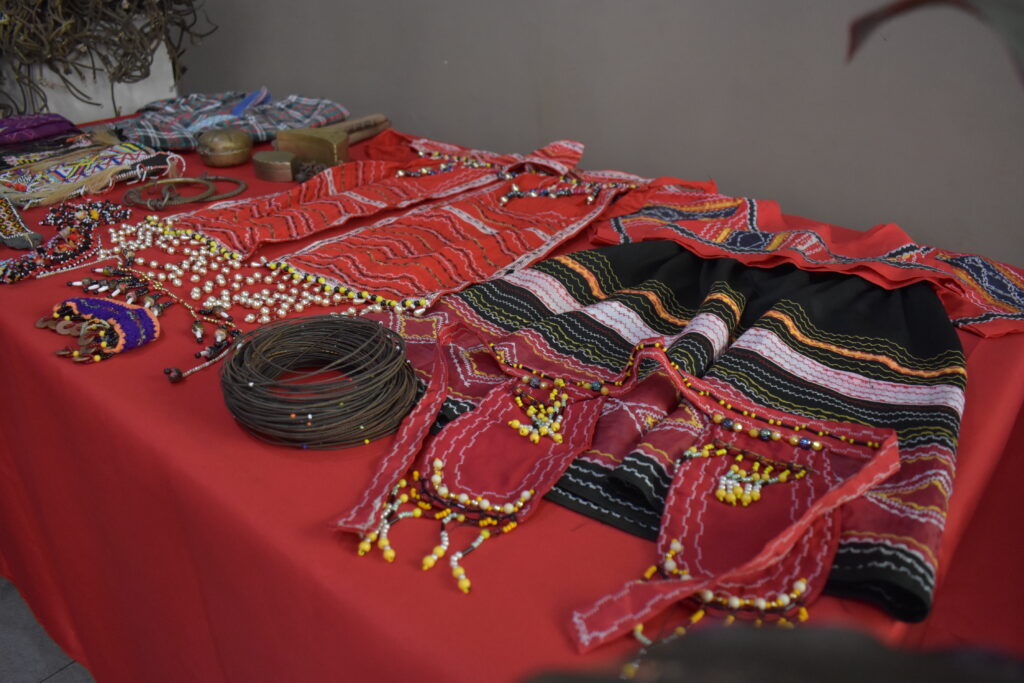




Material culture is the physical aspect of society, the objects made or modified by a human.
“Material culture is a source of indigenous knowledge, and the sustenance of this knowledge depends on how we handle and nurture material culture,” Ms. Loreta Sol L. Dinlayan, Director of the Bukidnon State University- Bukidnon Studies Center (BSC) said, during a lecture on July 30, 2024.
The lecture coincided with the formal turnover of material culture items from the Montalvan family in Quezon, Bukidnon, for the custodial care of BSC.
The event began with a ritual honoring the Bukidnon ethnic traditions before displaying the new items to the BSC. The ceremony was conducted by Virgilio Namoc (Datu Balinae) and Eniza S. Balansag (Bai Mangunguyag).
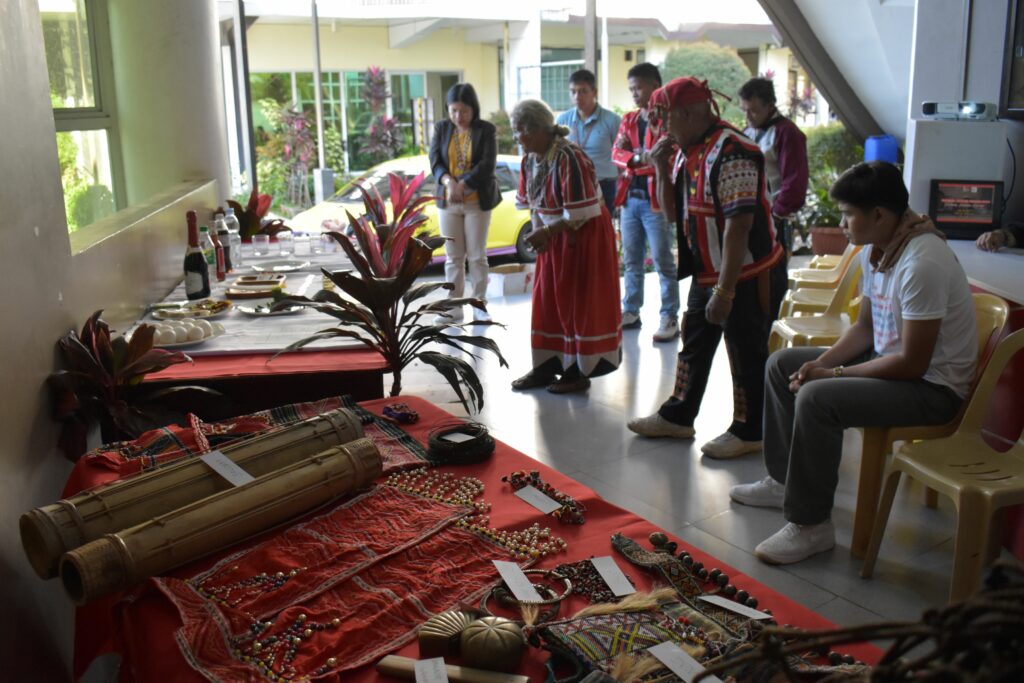
Following the ritual was a lecture on material culture.
“Material culture studies is an interdisciplinary field that examines the relationship between people and their things, the making, the history, the preservation and interpretation of objects,” Dinlayan discussed.
“It offers insights into the lives of people who have little or no records,” she added.
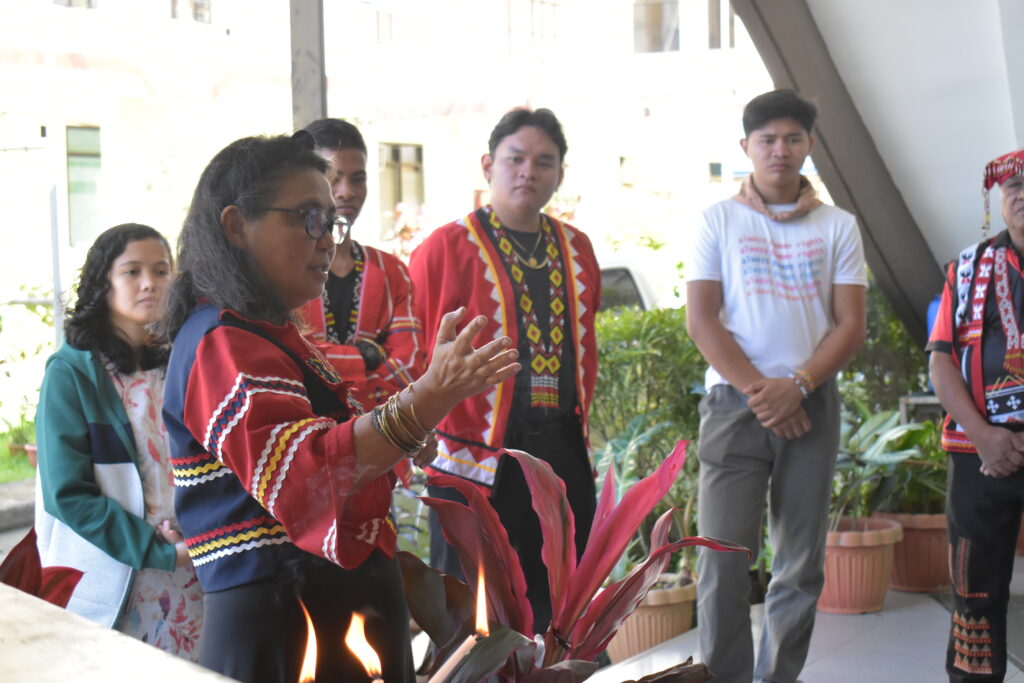
What information can we get from material culture?
From an artifact, we can learn several things: what it is made of, who uses it, when and where it is used, how it is used, and why it is used. Essentially, each artifact reveals its purpose and significance, which underscores the importance of preserving it.
“For example, this pamatung is a hunting trap for wild animals. By this, we will know that the setting or place of our ancestors has an abundance of wild animals, making them available for food. Another example is, with the upper garment or pinaksuy worn by Datu Balinae, it indicated his identity as datu or tribal leader,” Dinlayan cited.
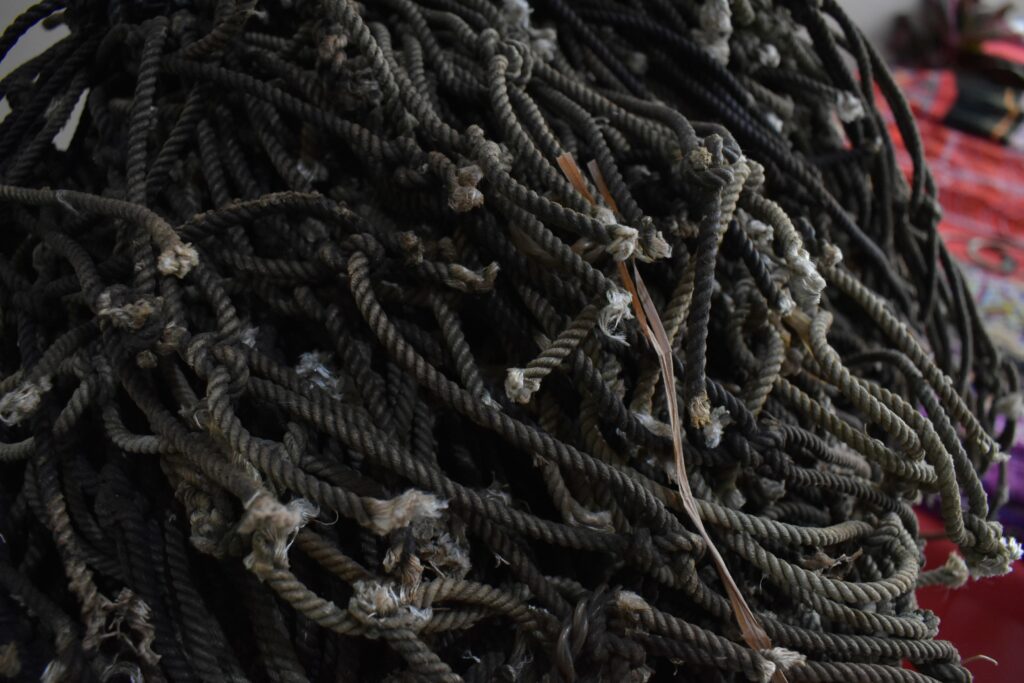
The Montalvan family represented by Miguel and Amalia Montalvan explained that the plans to turn over the items to BSC were all from their mother’s passion and dedication to the preservation of the culture and traditions of the seven tribes of Bukidnon.
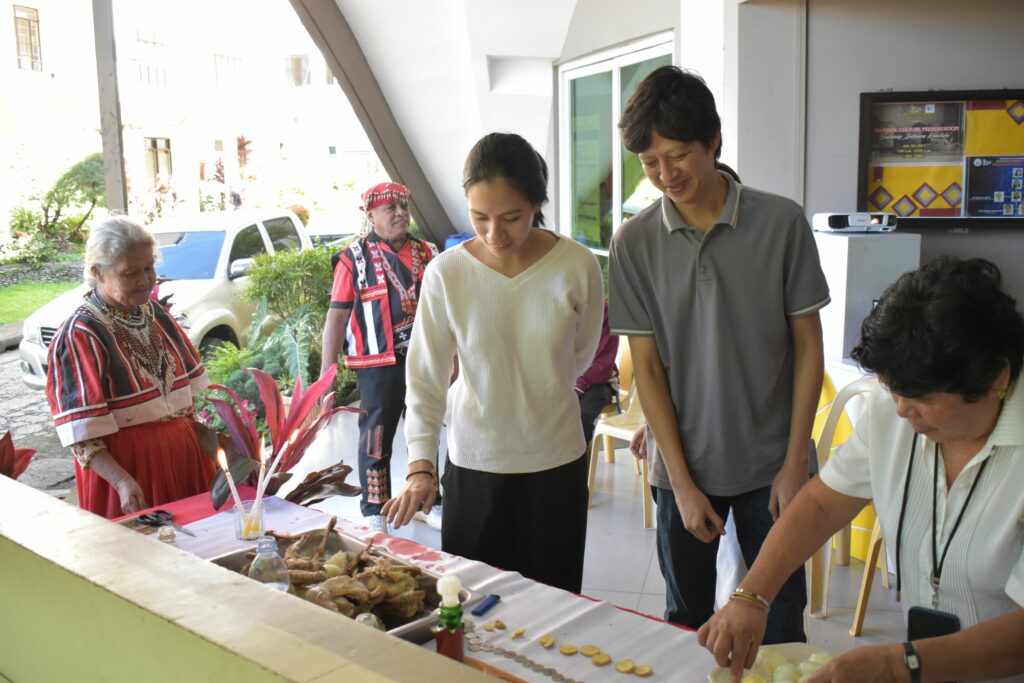
Along with the Montalvan family was Ms. Elen Cecilia Mamawag who accompanied the family and a close comrade of the Montalvan in their commitment to IP culture preservation.
Melca Biasca, a graduate student of the University of Southern Mindanao (USM), witnessed the material culture preservation turnover, saying that she was interested in taking part in the material culture preservation.
The following were the turned over items of the Manobo tribe: bahagan (belt with bells), salay, suning, pinaksuy (upper garment), pair of anklet, mamaan, pair of earrings, bundle of tikes, saluray, pamatung (hunting trap for wild animals), ceremonial banner (Maranao ceremonial banner), set of bamboo musical instrument, strips of lingkit, brass betel nut container, set of female child pinaksuy, and a belt for adult.
“Thank you very much BukSU for accepting these items, these are from my father’s, the Manobo tribe. Take care of it and God bless you,” Miguel Montalvan said.
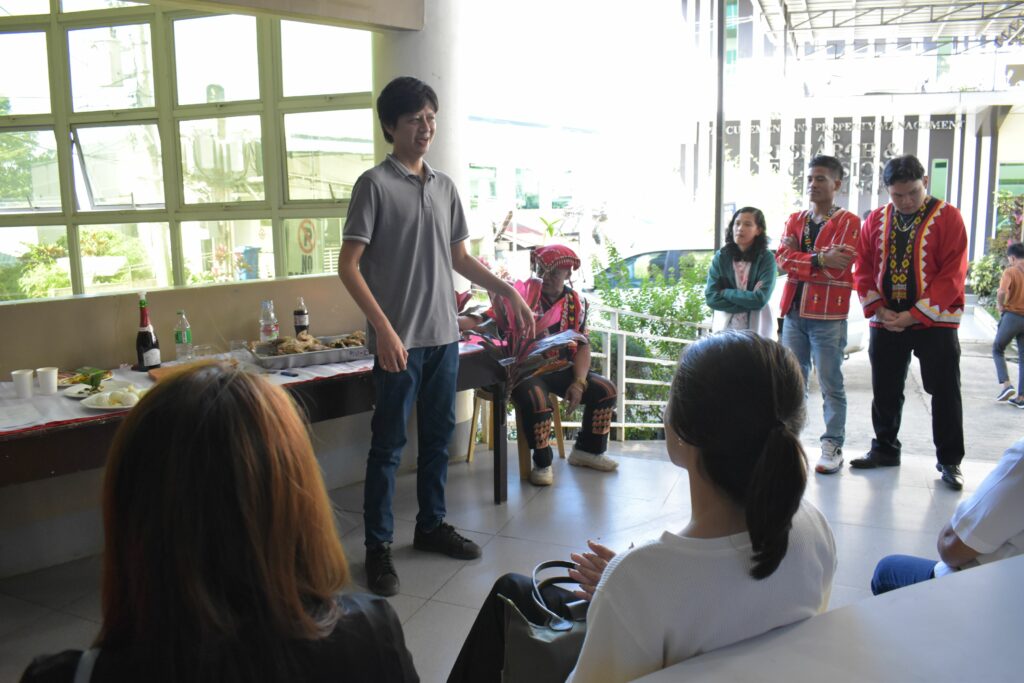
“The BukSU-Bukidnon Studies Center is the repository of material culture as it is the only heritage museum we have for the seven tribes, while others decide to sell items, here in BSC we will be the stewards of our ancestors’ physical assets,” Datu Mangunguyag remarked. (BukSU-Information Unit)
(Photos: Michael V. Vicente)
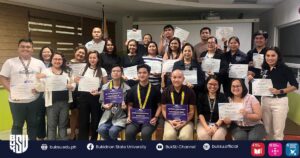
The Bukidnon State University Research and Development Unit conducted the “Research Champion’s Bootcamp: Research Mentorship and Innovation Series” in June 30- July 2, 2025, to
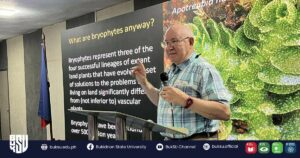
A visiting professor from the California Academy of Sciences shared his expertise with Bukidnon State University (BukSU) students during a lecture on July 2, 2025,
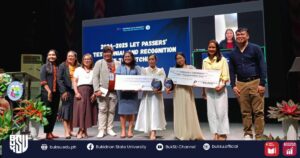
Bukidnon State University (BukSU) awarded cash incentives totaling P175,000 to three topnotchers of the Licensure Examination for Teachers (LET) during a recognition ceremony held on
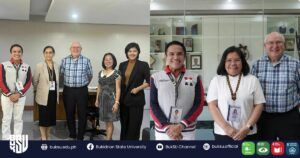
James R. Shevock, a botany research associate and fellow from the California Academy of Sciences, has returned to Bukidnon State University (BukSU) to resume his